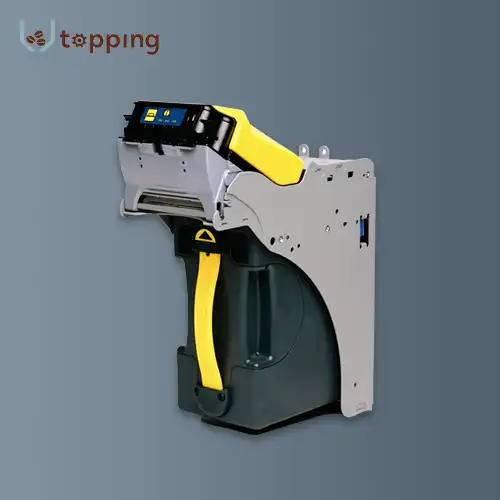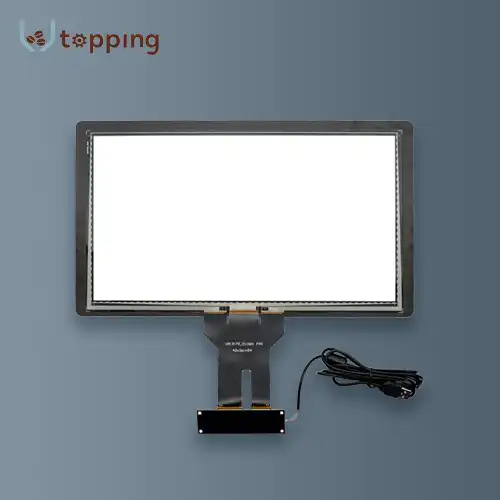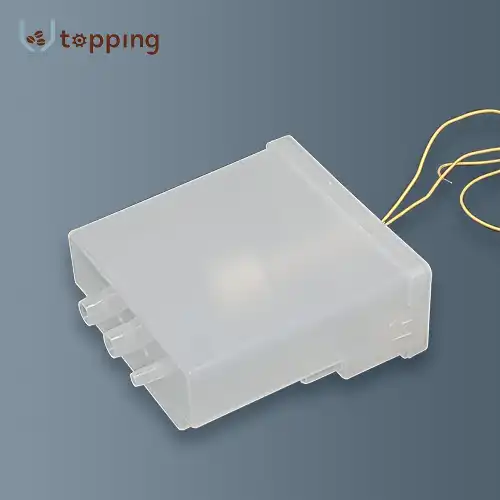Vending Machine Components and Functions
2024-12-16 11:30:10
Components of a Vending Machine
Vending machines have become an integral part of our daily lives, offering convenient access to various products. These automated retail devices are composed of several key components that work together to deliver a seamless user experience. Let's explore the essential parts that make up modern Vending Machine Components.
The coin mechanism is a crucial component of any vending machine. It's designed to accept and validate coins of different denominations. This sophisticated device uses various techniques to distinguish genuine coins from counterfeit ones, including measuring the coin's size, weight, and metallic composition. Some advanced coin mechanisms can even detect the unique electromagnetic signature of each coin type.
Working alongside the coin mechanism is the bill acceptor. This component allows vending machines to accept paper currency, significantly expanding payment options for customers. Modern bill acceptors use optical and magnetic sensors to verify the authenticity of banknotes. They can typically handle multiple denominations and even different currencies in some cases.

At the heart of every vending machine is the control board. This electronic brain coordinates all the machine's functions, from processing payments to controlling product dispensing. The control board uses a microprocessor to manage operations efficiently, ensuring smooth transactions and maintaining inventory records.

The display screen serves as the primary interface between the Vending Machine Components and its users. Most modern machines use LCD (Liquid Crystal Display) or LED (Light Emitting Diode) screens to show product information, prices, and transaction status. These screens can also display promotional messages or nutritional information about the products.

For vending machines that dispense perishable items, a refrigeration unit is essential. This component maintains the optimal temperature for food and beverages, ensuring product freshness and safety. The refrigeration system typically includes a compressor, condenser, and evaporator, working together to keep the internal temperature consistent.

The dispensing mechanism is responsible for delivering the selected product to the customer. This can vary depending on the type of products being vended. For snacks and packaged goods, a spiral coil system is common. Beverage machines might use a robotic arm or conveyor belt system. The design of this mechanism is crucial for reliable product delivery.

Lastly, various sensors play a vital role in Vending Machine Components operations. These include inventory sensors that track product availability, temperature sensors for refrigerated units, and fault detection sensors that alert operators to any malfunctions. Some advanced machines even use motion sensors to activate energy-saving modes when no customers are present.
Functions
The components of a vending machine work together to perform several key functions, enhancing user experience and operational efficiency.
One of the primary functions is the ability to accept multiple coin denominations. This flexibility allows customers to use various coins for their purchases, making transactions more convenient. The coin mechanism can typically handle a range of coin sizes and values, from small denominations to larger ones.
Similarly, the ability to accept various bill denominations adds another layer of convenience. Modern vending machines can often handle bills of different values, from $1 to $20 or even higher. This function not only provides more payment options but also allows for the purchase of higher-priced items.
The microprocessor-based control system ensures efficient control of all vending machine operations. It manages payment processing, product selection, dispensing, and inventory tracking. This centralized control allows for quick transactions and real-time updates of machine status.
The LCD or LED display screen provides a clear user interface, guiding customers through the purchase process. It displays product prices, selection numbers, and transaction information. Some advanced machines use touchscreen displays for an even more intuitive interface.
For machines dispensing perishable items, maintaining optimal temperature is crucial. The refrigeration unit works continuously to keep products at the ideal temperature, typically between 35°F and 41°F (1.7°C to 5°C) for most refrigerated items. This function ensures food safety and maintains product quality.
Accurate product delivery is another critical function. The dispensing mechanism is designed to reliably deliver the selected item to the customer. Whether it's dropping a snack packet or dispensing a beverage, this function must work flawlessly to ensure customer satisfaction.
Lastly, the various sensors in a vending machine serve important monitoring functions. They detect product availability, ensuring that the machine doesn't accept payment for out-of-stock items. Fault detection sensors alert operators to any technical issues, allowing for prompt maintenance. Some advanced machines even use these sensors for predictive maintenance, anticipating potential problems before they occur.
Vending Machine Components Supplier
When it comes to sourcing high-quality components for vending machines, manufacturers have a variety of options to consider. One prominent supplier in this specialized field is Topping Motor Vending Machine Components. They excel in providing customized CNC parts, mechanical components, and various machining services that are integral to vending machine production. Topping Motor stands out for their extensive range of CNC machined parts, including aluminum components that are frequently utilized in the construction of vending machines. Their proficiency in CNC machining ensures the production of highly precise, durable parts that meet the stringent requirements of vending machine manufacturers. Working with a supplier like Topping Motor, who possesses a deep understanding of the industry's unique needs, is crucial for ensuring the reliability and functionality of your vending machines. Their expertise and experience make them an invaluable partner in the manufacturing process. For those in the market for dependable vending machine components, reaching out to Topping Motor can be a strategic move. You can contact them at sales@huan-tai.org to discuss your specific requirements and learn how their tailored parts and solutions can enhance the efficiency and quality of your vending machine production.
References
1. Vending Machine Technology. National Automatic Merchandising Association.
2. Smith, J.The Evolution of Vending Machines: From Mechanics to Electronics. Journal of Automated Retail, 15(2), 78-92.
3. Johnson, A. Refrigeration Systems in Vending Machines: Maintaining Food Safety. Food Technology Magazine, 75(4), 45-51.
4. Brown, R. Sensor Technologies in Modern Vending Machines. Sensors and Actuators Journal, 28(3), 112-125.
5. Vending Machine Components and Their Functions. Automatic Merchandiser Magazine.
6. Lee, S. Microprocessor Control Systems in Vending Machines. IEEE Transactions on Consumer Electronics, 67(1), 23-35.
Send Inquiry

.webp)
.webp)




